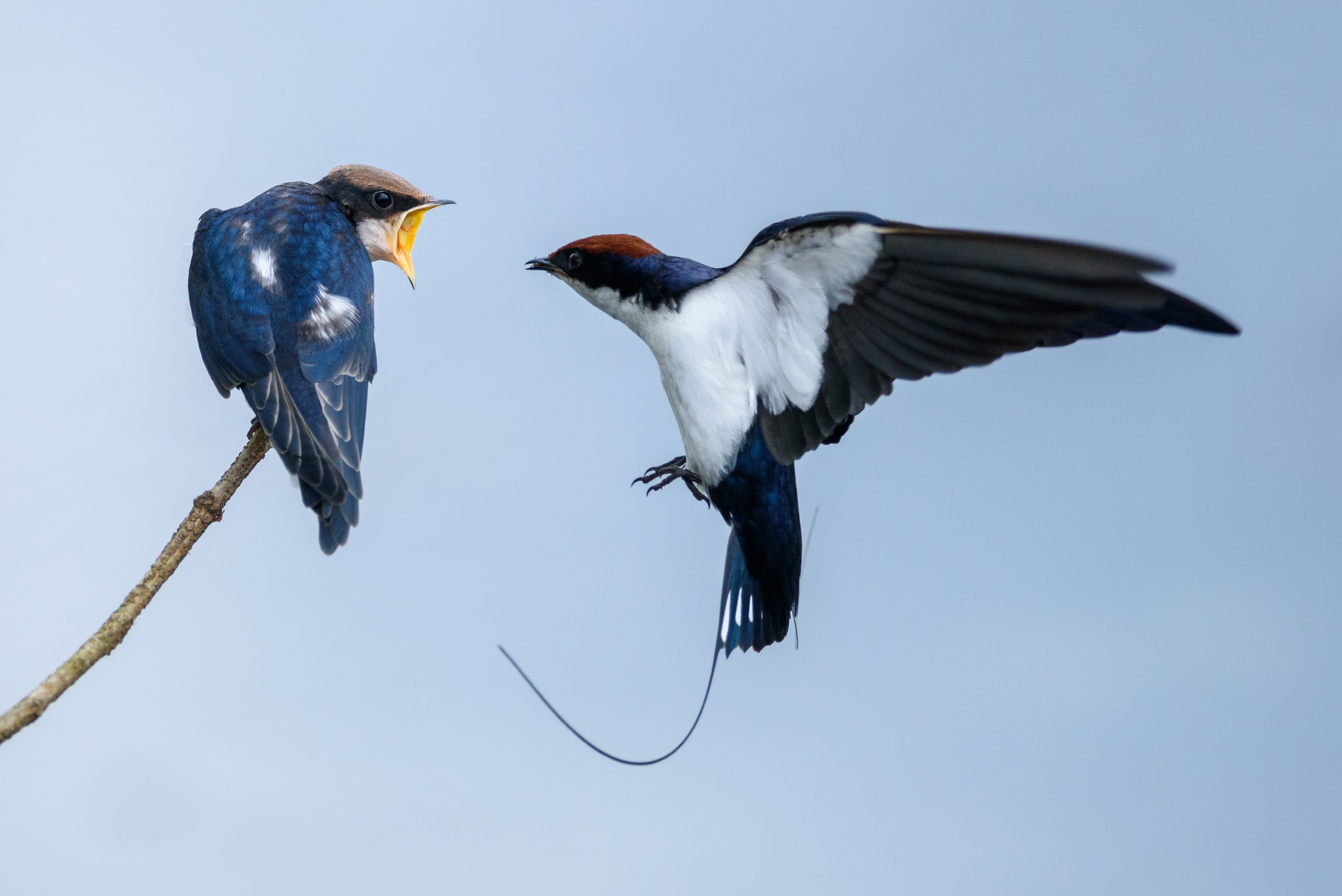
World Migratory Bird Day
Today is World Migratory Bird Day!
5 facts we should probably know
- Did you know that 40% of all species of birds are migratory? In the United Kingdom about half of our bird species migrate especially those insect eaters, who can’t find enough food in the winter. Not surprisingly, in Scandinavia and Canada, almost all birds migrate south for warmer winters and conversely in the rain-forest very few birds migrate, choosing to stay where there is far more reliable weather and food supply
Examples of migratory birds in the UK are
The swallow https://www.rspb.org.uk/birds-and-wildlife/wildlife-guides/bird-a-z/swallow/
The Brent Goose https://www.rspb.org.uk/birds-and-wildlife/wildlife-guides/bird-a-z/brent-goose/
- Some of the migrant birds in the UK may come for the summer and some for the winter but other species are what’s known as partial migrants. That means that in some countries a species of bird might stay in the same place, whilst in other countries the same species might migrate to somewhere else for the winter. Starlings are partial migrants – the ones that breed in the UK, stay in the UK but those that breed in Eastern Europe migrate to the UK in winter. The same is true for chaffinches, robins, lapwings, coots and many other common birds#
- Some species are what’s known as altitudinal migrants. That means that these live in high terrain in summer but lowland in winter. Although the journey may not be long, it often involves quite a change in lifestyle. Altitudinal migrants in the UK include skylarks, meadow pipits and snow buntings. Find out more about the Snow Bunting here:
https://www.rspb.org.uk/birds-and-wildlife/wildlife-guides/bird-a-z/snow-bunting/
- One strange type of migrant bird is a group known as moult migrants. These migrate to a ‘safe’ territory to specifically allow them to shed their feathers. After their breeding season is over they fly to their designated place, shed their feathers including their flying feathers, then fly home when their feathers are grown back. Example of moult migrants are Shelducks who fly to the island of Heligoland to moult.
- There is one other type of migratory bird and these are known as passage migrants. These birds stop off in the UK during their long journey north or south and examples of such birds are green sandpipers and black terns. They use the UK like a service station for a few weeks.
If you think your pupils might be interested in celebrating our birds and specifically our migratory birds why not join in the activities on Migratory Bird Day 2018. You might want to start a School Garden log for children to note down t he birds they see.
Here are some websites with lots of ideas and resources to help you:
http://www.worldmigratorybirdday.org/
https://www.rspb.org.uk/get-involved/activities/birdwatch/